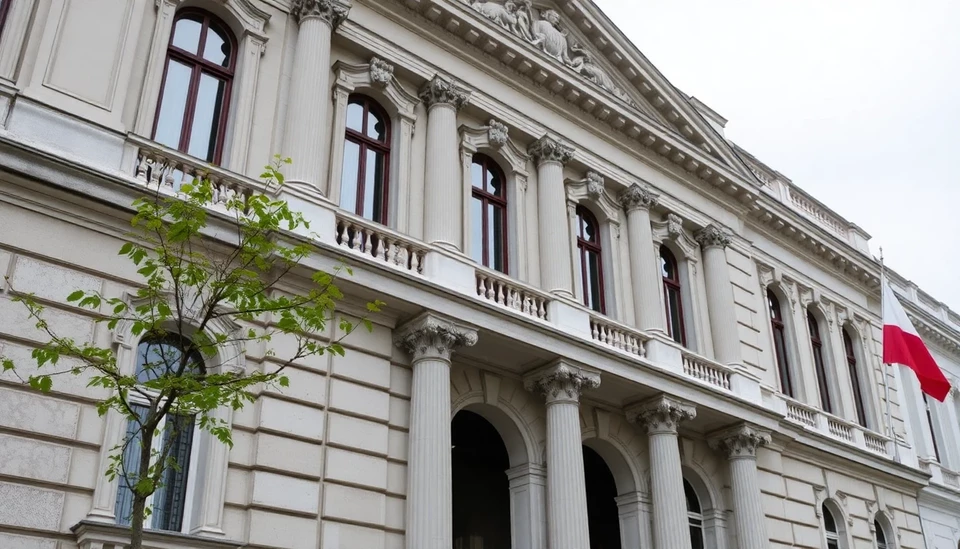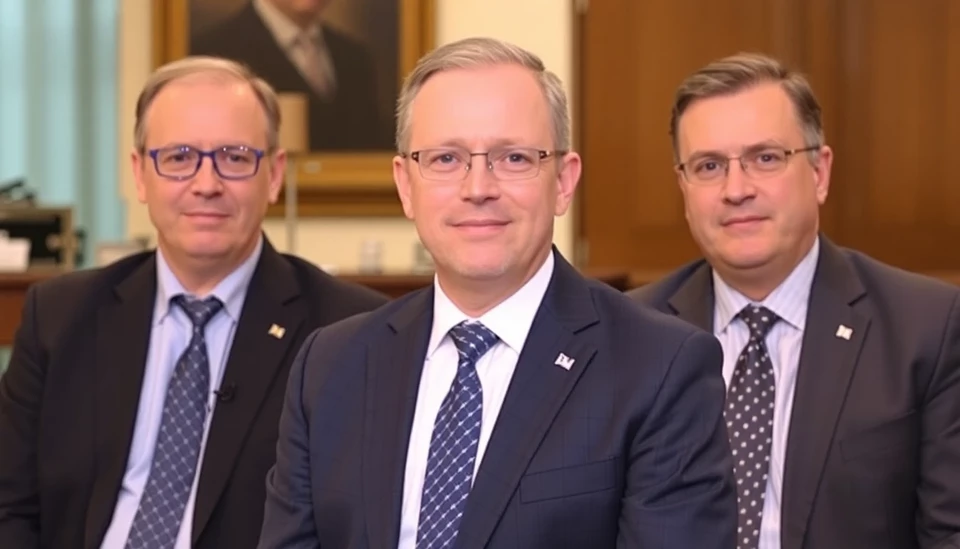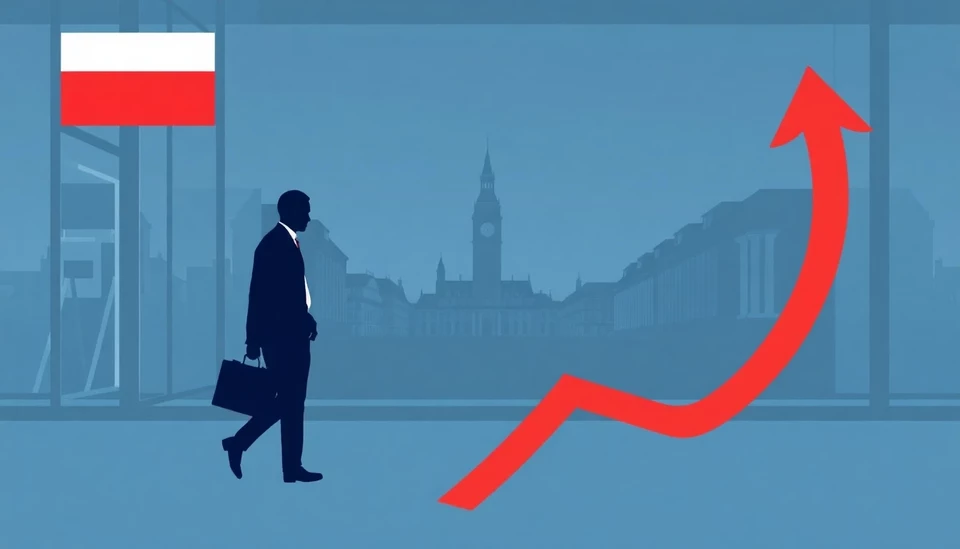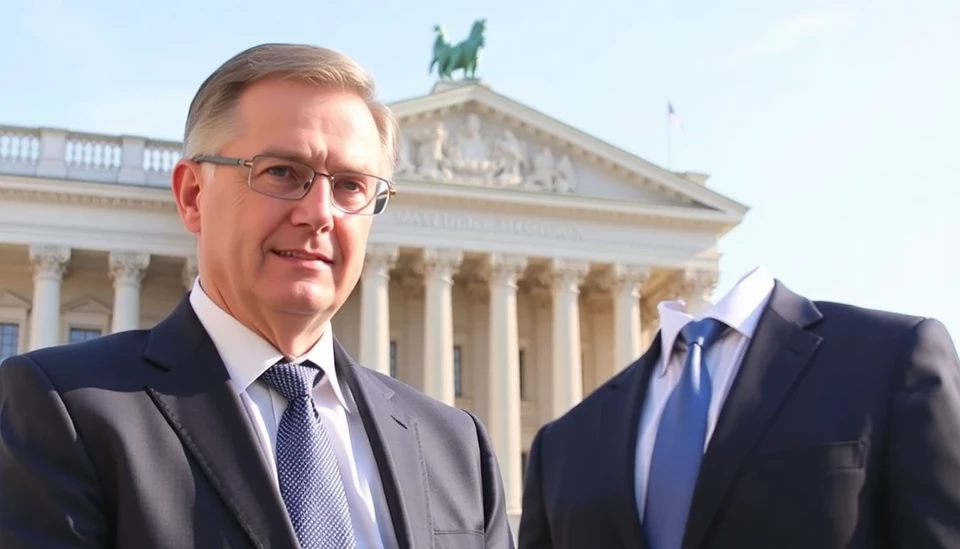
Poland's central bank is likely to maintain its current interest rates in light of rebounding economic growth. Recently, the economy showed signs of resilience, prompting speculation that the National Bank of Poland (NBP) will pause any further rate hikes or cuts in the near future. This decision aligns with broader trends in European monetary policy, where many countries are grappling with inflation yet showing a stable growth pattern.
As various economic indicators come into play, analysts from prominent financial institutions share their insights. The consensus anticipates that the NBP will keep rates steady through at least the first half of 2025. Current interest rates stand at 6.75%, a figure that many see as being adequately responsive to the prevailing economic climate. With economic activity rebounding from prior lows, the NBP appears reassured in its approach, opting for stability over volatility.
Recent data indicates that Poland's GDP is on the mend, with improvements reported in both industrial production and consumer spending. Such positive trends have led experts to advocate a cautious stance regarding any monetary adjustments until more significant macroeconomic changes arise.
The labor market also demonstrates strength, with unemployment rates hovering near record lows. Consumer confidence has surged, suggesting that Polish households are becoming increasingly optimistic about their financial futures. This sentiment plays a crucial role in supporting domestic consumption, which is a key pillar of economic growth.
Moreover, inflation remains a pressing concern for many European economies, including Poland's, yet there are signs that price growth may be stabilizing. Although inflation was a significant worry last year, the NBP predicts it may gradually return to targeted levels, allowing for a more relaxed approach to interest rate management.
As the central bank navigates these complex variables, the upcoming months will be pivotal in determining the future path of Poland's monetary policy. Economists are closely monitoring external factors, including geopolitical tensions and global financial trends, which could swiftly alter the economic landscape and central bank strategies.
In conclusion, while Poland enjoys a phase of economic growth, the NBP's decision to maintain interest rates is a testament to a measured cautious outlook. Stakeholders, including investors and consumers, are advised to stay updated on potential changes as the economic climate evolves.
For those interested in the future economic policies and trends in Poland, this development is a significant marker to watch in the months ahead.
#PolandEconomy #NBP #InterestRates #EconomicGrowth #MonetaryPolicy #FinanceNews
Author: Daniel Foster




